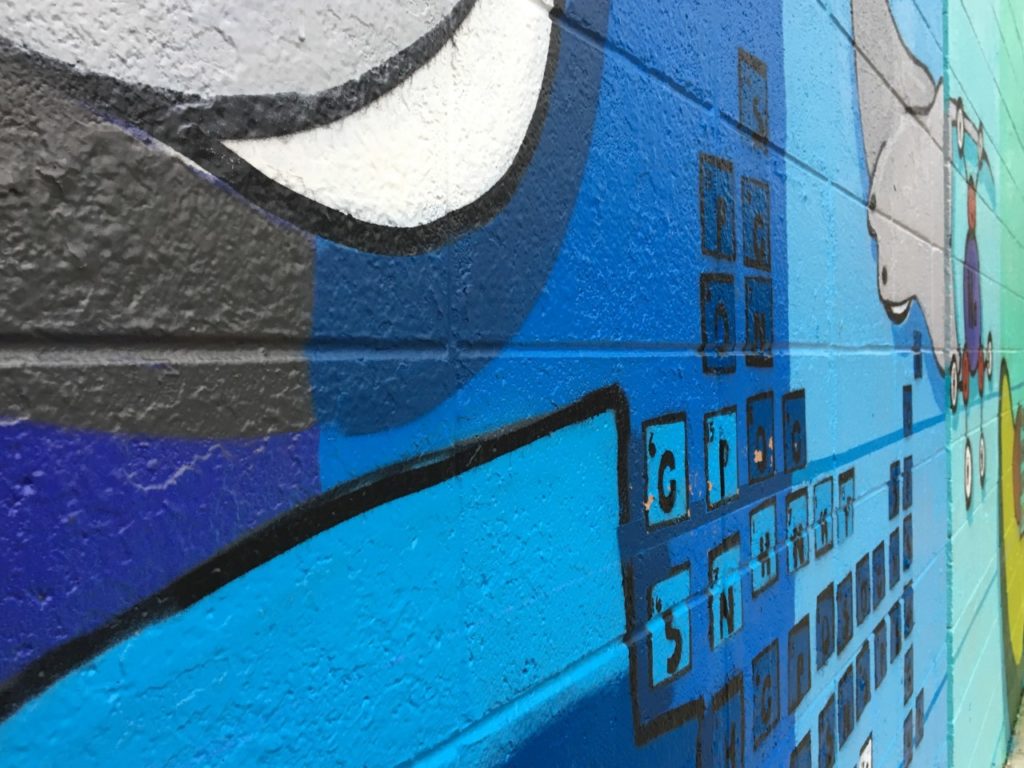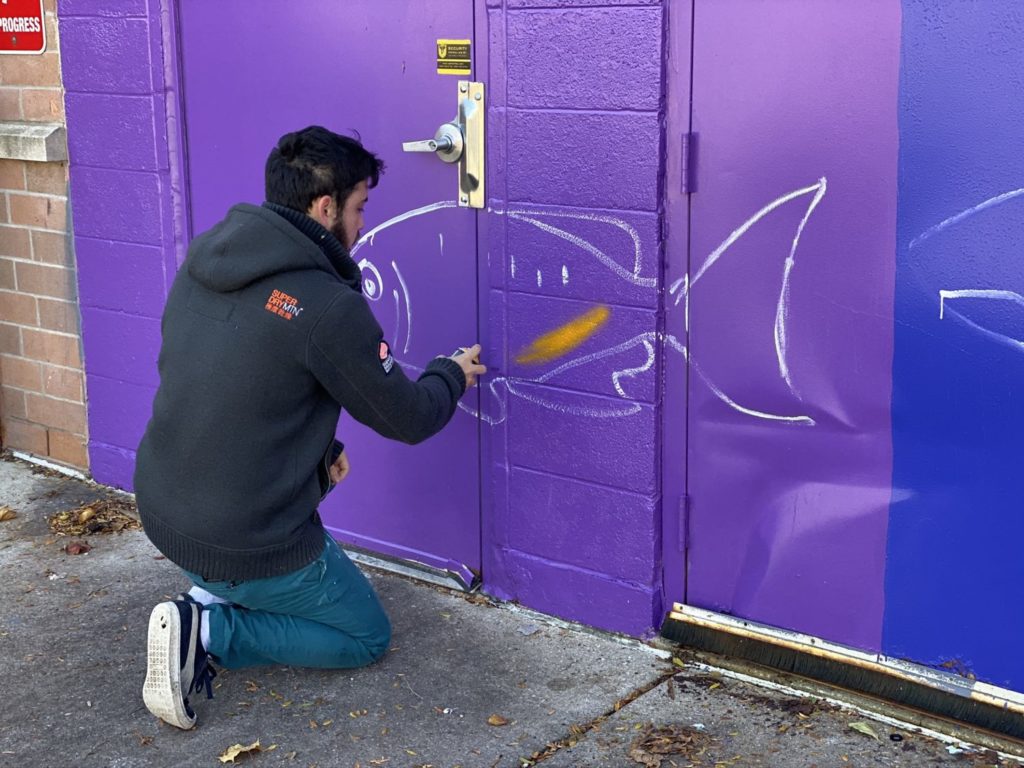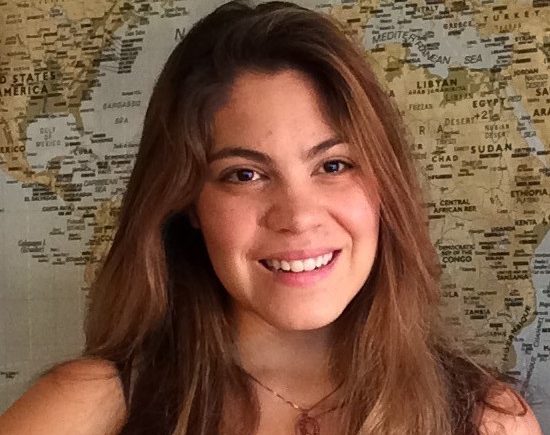Ginger Ann Contreras, executive director of the Illuminating Discovery Hub at the Wisconsin Institute of Discovery (WID), had an early relationship with science growing up that would eventually blossom into one of her greatest passions once she started thinking about science through a creative lens.
Contreras, 31, grew up in a multiracial family that celebrated visualization, storytelling and hands-on practice as a means to teach science. She was introduced to science and medicine early through her maternal grandmother, who carried family healing practices and traditions passed down the matrilineal line. This style of teaching and learning was a drastically different approach than the western science class-room learning she experienced.
“Growing up as someone who identifies as multiracial from First Nations and Latinx cultures, I had a hard time with how school was taught from a Western perspective.. that did not align with my cultural values and learning style,” she said. “Until I learned how to apply my art…and grandmother’s teachings… in how I was learning science in the classroom, it was hard to find a connection of why science [in the class room setting] was important.”
Once she found a way to connect her cultural learning practices and art into learning science in the class room, Contreras’ fascination with science and its fusion with art from an inclusive lens shaped her higher education interests and passion, which led her to WID.
The Illuminating Discovery Hub is the only hub focused on science outreach and engagement to diverse communities. The two additional hubs provide services focused on researchers on and off-campus – you can visit their websites at Microbiome Hub, Data Science Hub. Contreras constructed two programs — Science to Street Art and Science to Script — to bring science-themed public art to underserved communities and improve media portrayal of scientists.
Specifically, Science to Street Art is an initiative that aims to visually inspire STEM education and careers by creating science civic art through graffiti and hip-hop art forms. Artists collaborate with scientists to build murals that complement and support the surrounding community while exposing them to scientific research.

Science to Script matches storytellers with scientists to improve the portrayal of scientists in media with real research, diverse characters and inclusive STEM approaches. Storytellers shadow real scientists to give accurate and diverse representation in their stories.
“Our thought process behind this [Science to Script] was: How are we creating larger impact of change within how scientists are viewed? Who can be a scientist? Who’s going to be successful as a scientist? As well as: how is science perceived in terms of what is [science’s] impact in the community? How does it relate to people?” Contreras said. “One of the driving factors was … how science was portrayed in mass media…portrayals were often negative. So we wanted to look at how we could change the perspective of science [within the entertainment industry.]”
Science to Street Art recently has been working on a Big Data/Precision Medicine mural at Luna’s Groceries on Madison’s southwest side. They have completed an indoor mural – the Diversity of Scientists Mural – at WID. The completion of the Periodic Table, Astrophysics and Big/Data Precision Medicine murals have been delayed until the weather warms up.
The program also showcased a periodic table mural and an astrophysics mural at the Meadowood Shopping Center earlier this month. There were also scheduled live events throughout October which will continue into November.
- . At this time,

Though Science to Script is still in its infancy stages, Ann hopes it will create opportunities for national and local writers to have residencies in science and increase visibility for marginalized communities that haven’t always been there historically.
“My goal for Science to Street Art and Science to Script and the work we are doing at WID in terms of science engagement – all center on creating change so that in the future, students feel empowered instead of isolated within science learning,” she said.




























